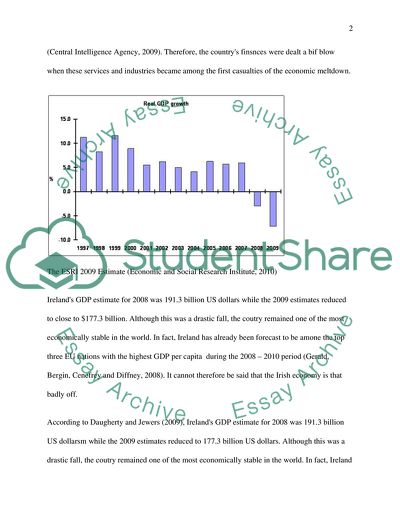Cite this document
(Irish Economy from April 2008 to April 2010 Case Study, n.d.)
Irish Economy from April 2008 to April 2010 Case Study. Retrieved from https://studentshare.org/macro-microeconomics/1736504-irish-economy-april-2008-apri-2010
Irish Economy from April 2008 to April 2010 Case Study. Retrieved from https://studentshare.org/macro-microeconomics/1736504-irish-economy-april-2008-apri-2010
(Irish Economy from April 2008 to April 2010 Case Study)
Irish Economy from April 2008 to April 2010 Case Study. https://studentshare.org/macro-microeconomics/1736504-irish-economy-april-2008-apri-2010.
Irish Economy from April 2008 to April 2010 Case Study. https://studentshare.org/macro-microeconomics/1736504-irish-economy-april-2008-apri-2010.
“Irish Economy from April 2008 to April 2010 Case Study”. https://studentshare.org/macro-microeconomics/1736504-irish-economy-april-2008-apri-2010.


